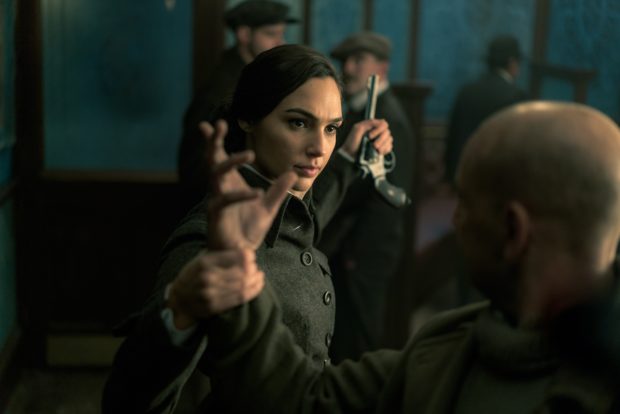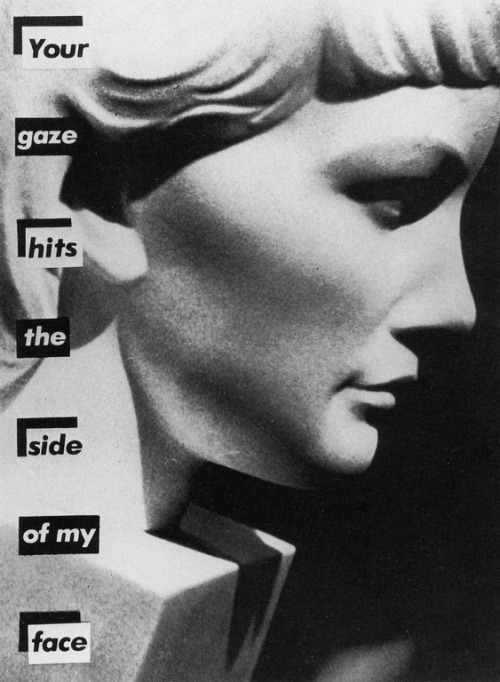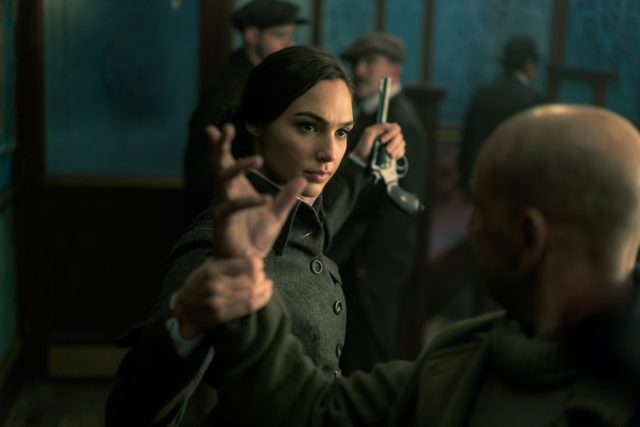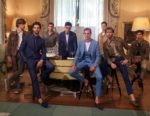
You might be familiar with artist Barbara Kruger’s style. You’ll see her signature red, black, and white motif with Futura Bold Oblique font on hoodies, shoes, and caps worn by many teenage boys today. Ironically, feminist artist Barbara Kruger identifies far from much of what Supreme stands for.
Her career peaked during the ’80s but her work still hits home until now. Her most popular works consist of usually black and white photographs juxtaposed with powerful messages that critique sexism, consumerism, and other sociopolitical issues.
One of her most famous works is Untitled (Your Gaze Hits the Side of My Face), which includes a photograph of a woman’s face sculpted from marble. You could almost hear the emphasis Kruger gives on each word as she separates them into a neat column.

This particular piece critiques the male gaze. Sounds familiar? The concept of the male gaze was actually coined by feminist film theorist Laura Mulvey in her famous essay “Visual Pleasure and Narrative Cinema” in the ’70s. According to her, a woman is used like an object in film. She essentially has only two roles: an erotic object for the plot and an erotic object for the audience. We can see this in how she is merely a source of inspiration or conflict for the male protagonist. She never acts without the male in mind. Thus, the male gaze becomes a political strategy to keep the woman in her “place” while empowering men as they get to recognize themselves in a complete and active character.
Kruger is able to recreate that message visually through her collage. The woman is not a real woman but rather a sculpture, representing how she is reduced to an object by the male gaze. The photograph was taken at a carefully crafted angle to ensure that the sculpture is to be seen beautifully. In the caption, she uses the word “hit” to allude to the violence that occurs in her objectification.
When it comes to the male gaze, Black Widow was the first female character that came to my mind. Her origin story is filled to the brim with action, drama, and complexity but MCU decided to reduce her to doing mixed martial arts in tight leather outfits and creating sexual tension with almost all the Avengers.
My producer just sent me this… ABSOLUTELY INCREDIBLE! This makes every hard day worth it. Thank you to whomever wrote it!!❤️❤️❤️❤️❤️❤️ pic.twitter.com/3DzIaMueIh
— Patty Jenkins (@PattyJenks) June 11, 2017
But does the male gaze in media representation really affect the public? Yes, yes it does. Just look at its absence in Wonder Woman and how the film affected so many young girls. Director Patty Jenkins tweeted a list on how young girls in a kindergarten were empowered after watching the movie. Hopefully the success of Wonder Woman will motivate MCU to not let Black Widow stay as a pretty face in her upcoming solo film. We shouldn’t limit empowerment to just superhero movies. By making our Bond Girls or Manic Pixie Dream Girls more three-dimensional, we send a message to women and men that females are not objects but real people. A trend in well-written female characters would definitely hit the male gaze right back.
Photo courtesy of Bleeding Cool
Follow Preen on Facebook, Instagram, Twitter, Snapchat, and Viber
Related stories:
Men Like Donald J. Trump Need to Give Up Toxic and Fragile Masculinity
B. Wiser on Female Empowerment and the Media
Girl Watching and Why Men Can’t Take Sexual Harassment Seriously
How Wonder Woman Became a Feminist and Gender Equality Icon


